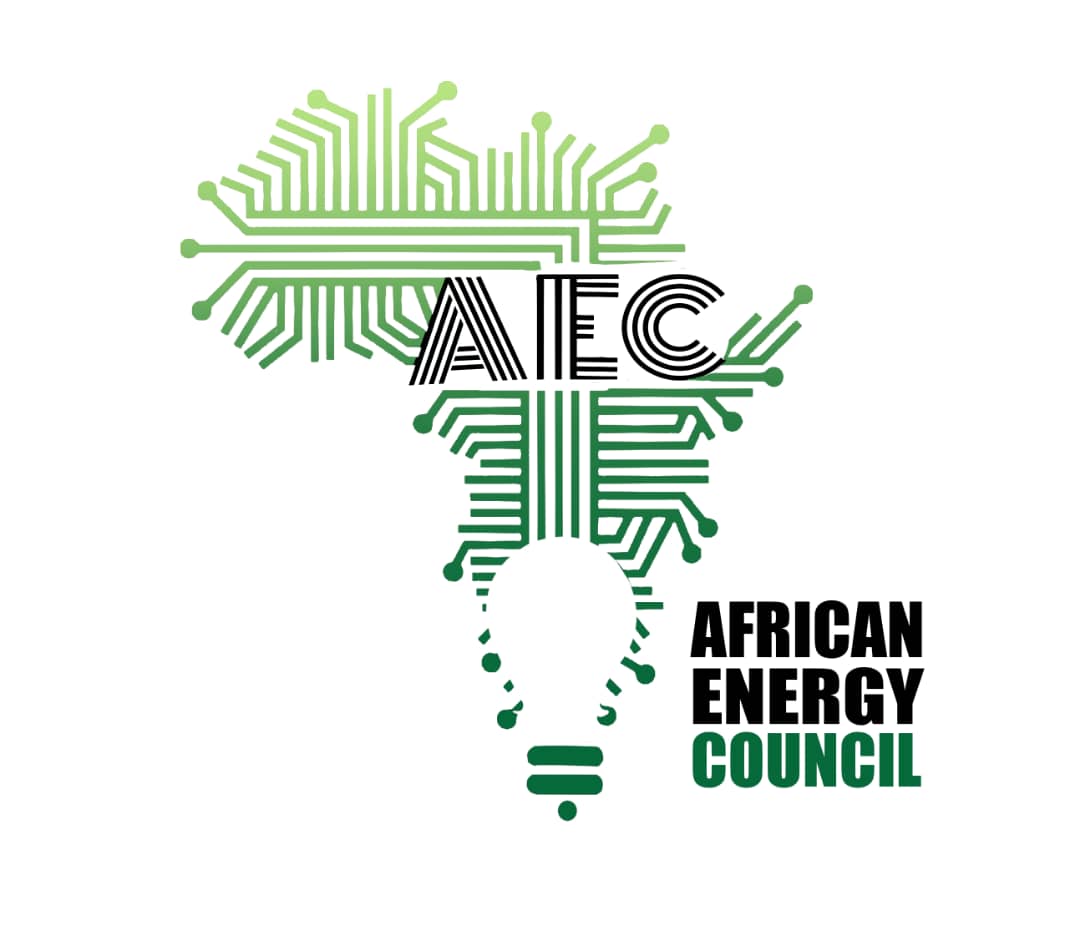Two industrial behemoths want to expedite South Africa’s green transition in this critical sector. They are the chemical behemoth Sasol and the South African subsidiary of the global steel conglomerate ArcelorMittal. The two organizations have decided to pool their resources in order to decarbonize the industrial zones of Vaal and Saldanha.
Two projects will be implemented in this regard over the next few years. Sasol intends to produce green hydrogen and its derivatives in the Saldanha industrial development zone. A feasibility study should be conducted first. A few months ago, the chemical behemoth reached an agreement with the Industrial Development Corporation of South Africa (IDC) to develop South Africa’s green hydrogen industry.
As part of a national strategy, Sasol wants to produce and export green hydrogen from the Boegoebaa port area. The group also joined forces a few weeks ago with Japanese investor Itochu to produce green hydrogen and its derivatives, including ammonia, in South Africa. And by producing this energy in Saldanha, ArcelorMittal could use it to decarbonize its Midrex smelter, which is currently undergoing maintenance.
This approach is supported by the IDC, which welcomes the partnership between ArcelorMittal and Sasol. The collaboration between the two groups also covers the capture of carbon dioxide (CO2) in the Vaal triangle. The project study will explore the possibility of using 1.5 million tons of CO2 per year captured at ArcelorMittal’s Vanderbijlpark plant. This greenhouse gas (GEZ) will be transported to the operating facilities in Sasolburg and Ekandustria in Sasolburg. The ultimate goal is to replace gas as a fuel with other low-GHG-emitting products.
“Both projects will support the reindustrialization of the Saldanha and Vaal regions and will enable the development of a green hydrogen ecosystem, providing long-term sustainable benefits to communities and the country. These projects are expected to generate a significant number of jobs and infrastructure investments. They will also allow for the development of skills in the country, for a just transition, “says Sasol.
The new partnership, according to ArcelorMittal and Sasol, is a component of a strategy for the industrial sector’s sustainable growth in South Africa. By 2050, both organizations aim to be carbon neutral. Energy, the foundation of industry, should be a major component of such an approach. ArcelorMittal South Africa is looking into green hydrogen, but they also want to use renewable energy in their foundries. In order to power its facilities in the provinces of Gauteng and the Western Cape by 2025, the company will have two clean energy plants with a combined capacity of 100 MW.

